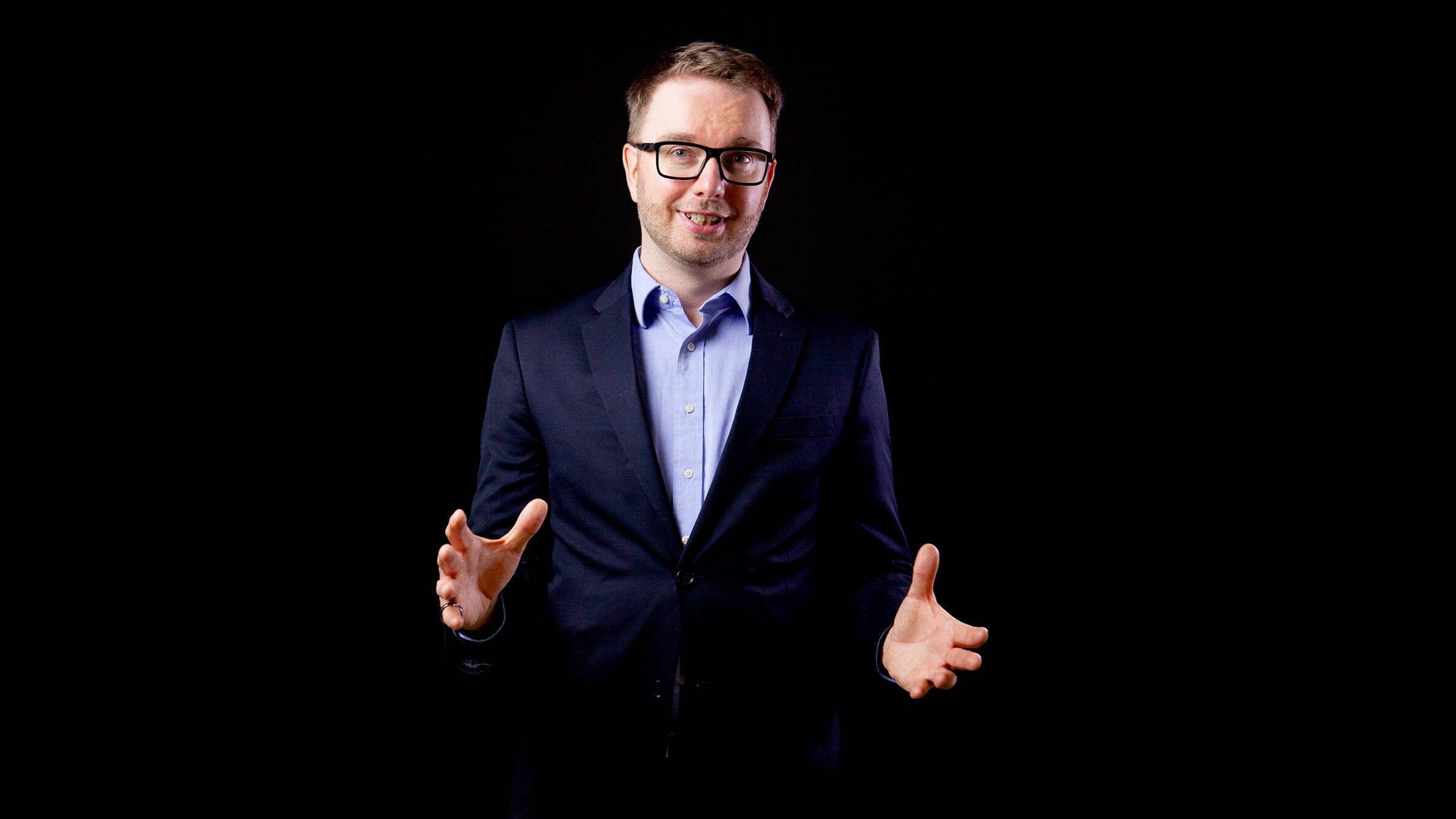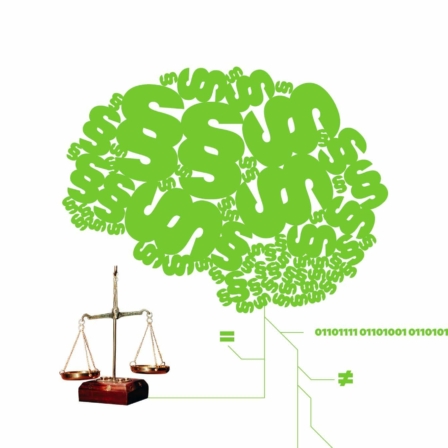The AI model from the Chinese startup DeepSeek has sparked excitement around the world. On January 20th, DeepSeek released its new AI model, DeepSeek-R1. The model is licensed under an open-source license, allowing its free use.
The performance of DeepSeek-R1 is comparable to the latest models from the US company OpenAI.
What does DeepSeek’s breakthrough tell us? We have compiled five perspectives that are worth paying attention to.
1. The AI revolution is just beginning
In AI discussions, it is often claimed that Europe has already lost the game and that we are too late to join the AI race. This is not true. We are only at the very beginning. The game is not lost in the EU.
2. Scarcity fuels innovation
DeepSeek’s resources were limited. The company did not have access to an endless number of processor cores needed for language model development. This forced them to innovate and it led to a breakthrough.
3. Resource efficiency is possible
DeepSeek demonstrated that a competitive AI model can be built at a fraction of the cost that the traditional tech giants put into development.
The cost of training DeepSeek’s AI is reported to have been around 5 million dollars (approximately 4.8 million euros), whereas traditional models can cost up to 100 million dollars. Similarly, the number of processor cores required for training was said to be significantly lower compared to those used by tech giants.
4. Specialisation is the future
DeepSeek utilised an MoE (Mixture-of-Experts) model in its AI application, where only the necessary “experts” or sub-models are activated as needed. This differs from other models where the AI model acts as if it were several experts at once, such as a doctor, lawyer, or engineer, and all experts are activated in every situation. DeepSeek’s specialised “experts” are activated only when necessary. In practice, this means that the AI model operates more resource-efficiently and is more energy-friendly.
5. Openness accelerates industry development
The US based AI giant OpenAI was originally founded to be open and non-profit, as well as to counter the dependency on Google’s services. However, OpenAI has since changed its operations: it is now closed and profit-seeking. (OpenAI should actually be called ‘ClosedAndGreedyAI’.)
DeepSeek has opened its model and can show the way to the entire industry. Openness makes AI development and decision-making transparent, and thus more ethical. It accelerates innovation and enables the broad utilisation of AI technology. This reduces the dependency on the few tech giants.
What should the EU do?
It is important for the EU to ensure strategic autonomy in creative AI, meaning that technology corresponding to European values can be developed within the EU without excessive dependence on external actors. To achieve this, we need to work in four areas:
- We need affordable access to high-performance computing. In Finland, the situation is promising: fortunately, we have Europe’s most powerful supercomputer, Lumi.
- Open-source language models should be available in all official EU languages. Finland is too small a language area to be an attractive market-based opportunity for the tech giants. The FinnishGPT language model, developed in Finland, has been central to SiloAI’s success. Open language models are vital for small language areas to ensure that businesses and societies using smaller languages also have the opportunity to develop AI in their native language. In the words of Wittgenstein: “The limits of my language mean the limits of my world.”
- We need industry-specific language models (e.g., healthcare, legislation). In the future, we will need industry-specific models. These could include language models for the healthcare sector and legislation. In Finland, there is a need for models such as “HealthGPT” for social and healthcare needs or “LexGPT” to support the legislative process. Sitra has, in its trials, promoted the use of AI in legislation and healthcare.
- Collaboration for collecting high-quality data. In small language areas like Finland, data collection is the biggest challenge for AI development. We need high-quality text data, speech data, and also the consideration of dialects in language model training. Collaboration between the public and private sectors is crucial in this regard.
The four areas described above enable the construction of AI agents and other AI applications. These hold the greatest potential for improving labour productivity and form the foundation for Finland’s success in the field of AI.
A hundred years ago, Finland became powered by electricity; now our society is becoming AI-empowered. This work is only just beginning.
It is clear that no one else will champion the position of the Finnish language but the Finns themselves. It’s time to roll up our sleeves and get to work.


